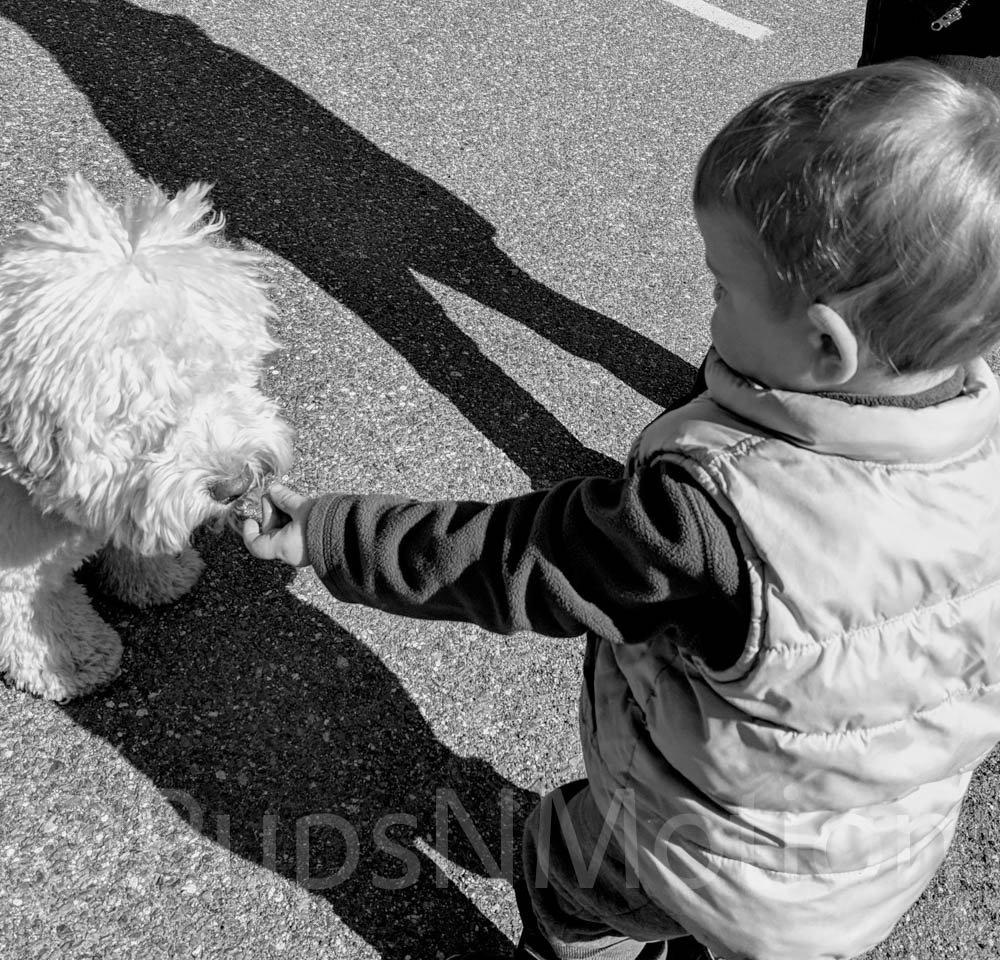Services
Crate training (day & night)
Why is crate training so important? While your puppy is developing and learning, a crate can be an essential tool to provide a safe and quiet space for your puppy. Since dogs are “den animals”, the crate mimics an environment where the puppy/dog can go to sleep, relax, or even go when they feel scared or stressed. The crate can also support your puppy/dog in potty training, house training, traveling, prevent destructive behaviors, overnight stays with family, friends, and veterinarian visits.
Potty training
Learning how to potty train your puppy at the right time and place is one of the most important first steps you can take for a long, happy life together. Did you know, that according to the AKC, house soiling is among the top reasons why dogs lose their homes or end up in shelters? As difficult as it is, very few people are willing to work all day, to have to come home and clean up after a dog who treats their home as their own personal bathroom.
Basic Obedience - Self Control
Dogs need our help in navigating any new surroundings, which requires us to have patience and dedication to be your dog's guide. Training is the means, by which, they understand the house rules and the ground rules of good behavior, but also strengthens your bond with them and helps them become a happier member of your family. Please keep in mind, it is not about the “tricks” and not at all about the “look what my dog can do”, but more about building the foundational blocks of an active listener who can maintain control and navigate their way through our human world.
Socialization
Rule of Sevens. By the time your puppy reaches 7-8 weeks old it should be exposed to the following situations:
Been in 7 different, safe locations
Eaten from 7 different containers
Met at least 7 different people
Ridden at least 7 miles in a car
Been in a crate at least 7 times (more is better)
Played with 7 different kinds of toys
Been exposed to 7 different contexts
Been played with or taken somewhere alone, without mom or litter mates, 7 different times
Leash Walking
Walking on a loose leash is an important skill for your dog to learn. If you’ve ever had a dog that has pulled during walks (and let’s face it, that’s probably most of us) then you know full well just how unpleasant those situations can be. Loose leash walking your dog, in a controlled manner, can make taking your dog out in public places much easier. While training your pup will take time and patience, your dog can be walked on a loose leash with only a few pieces of equipment and some basic training techniques.
Good Manners
Nipping, jumping, biting, and running through open doorways, are all puppy behaviors that seem cute at the time. However, do we really want our tweenagers and adult dogs to show these behaviors? We don’t want our pups acting like that around us and certainly not anyone who we meet, greet, or have visiting our home. Training for good manners, early and often, is time well spent.
Contact Us —











